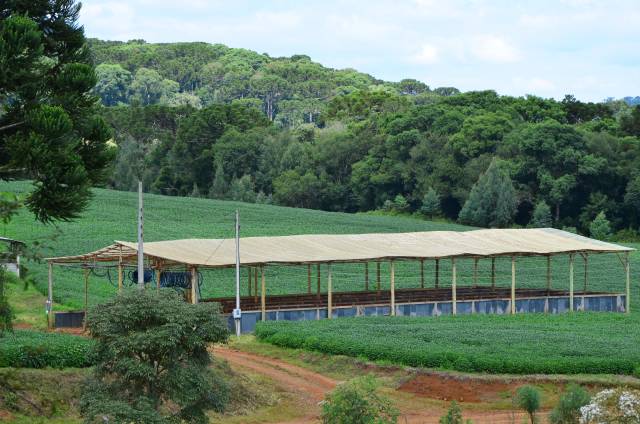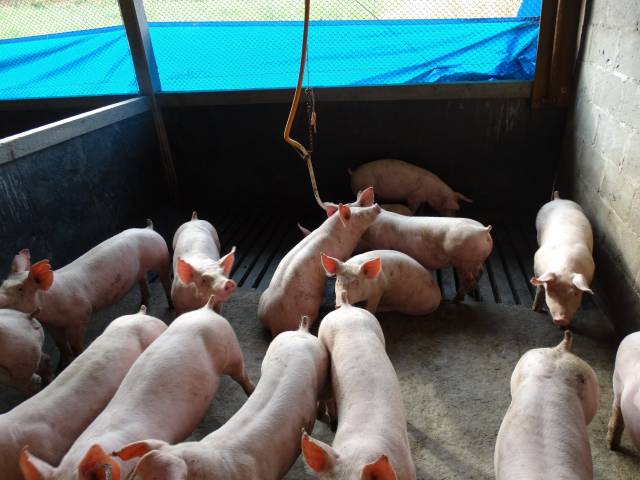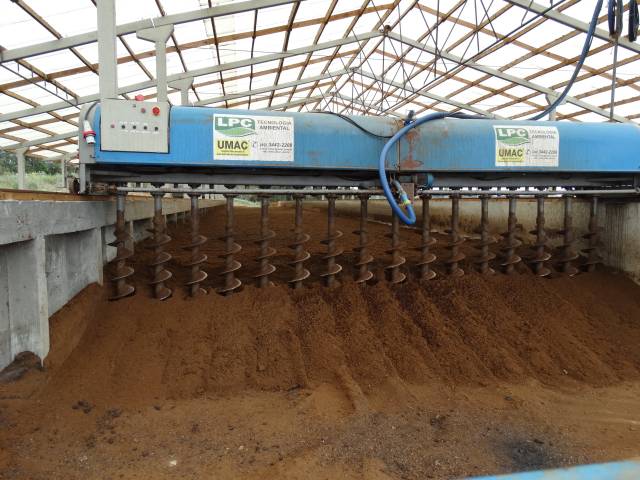Historically, swine farms have disposed of swine waste through anaerobic lagoons, a low-tech animal waste treatment system that involved storing liquid waste in large outdoor wastewater ponds for many days. These anaerobic lagoons stink, draw unhygienic flies, risk contaminating the local water supply (either through surface runoff or soil leaching) and generate significant amounts of methane, a greenhouse gas 84 times more potent than CO2 in the first 20 years after its release.
This project replaces anaerobic lagoons in 13 swine farms with automated mechanized composting units that combine liquid waste with sawdust to create the compost. The mechanized process requires specific conditions, including correct temperature, sufficient oxygen and moisture, in order to make a fertile compost that doesn’t release significant methane emissions. The end result is free, high-quality, nutrient-rich, organic manure that can be used in the community to grow grains and vegetables.













